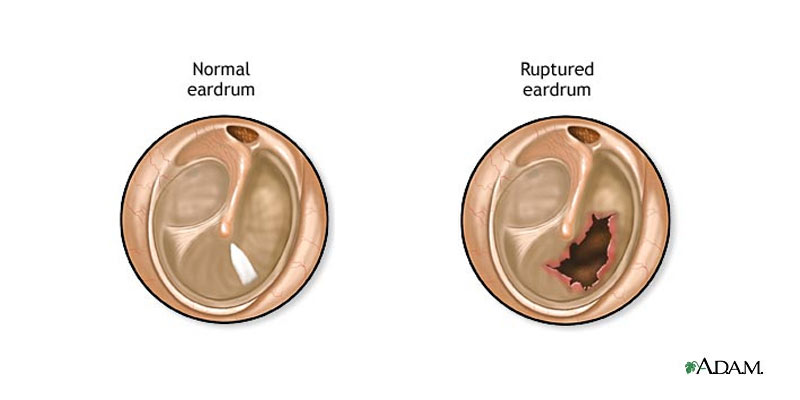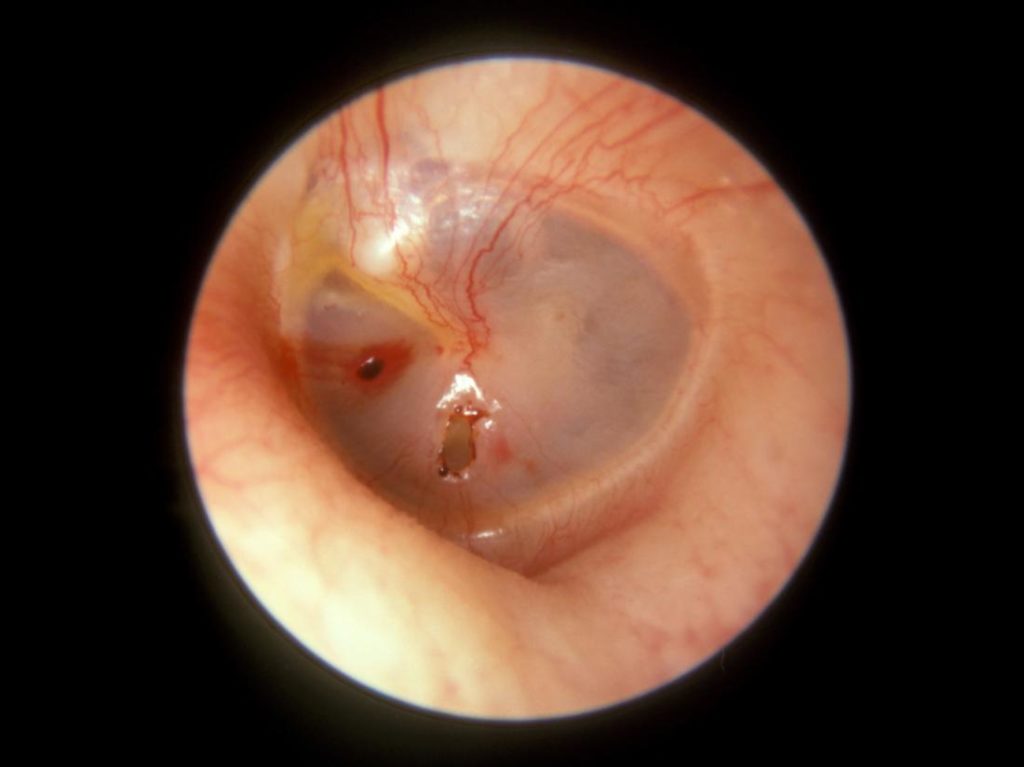
Types of ruptured eardrums are rare but they do occur
Most cases result from a foreign object, such as a Bobby pin, being inserted into your ear or pressure from an infection in the middle ear causing temporary hearing loss. Earwax buildup is another possible cause of a ruptured Eardrum.
Ruptured Eardrums can be caused by a number of different things, and no matter what the cause is, your Eardrum will heal on its own and come back strong. Here are some types of ruptured Eardrums, and the cures that can be used to treat them.
Pressure in the ear by a foreign object can rupture the eardrum. Some common causes are: inserting a needle or cotton swab into the ear canal. Loud noise, such as a gunshot or explosion near the ear, can also rupture the eardrum. You may also experience severe pain, ringing, or bleeding in your ear.
Middle ear infections are a more serious cause of a ruptured eardrum. This is because bacteria enter the eardrum and settle in the middle ear or inside the skull. A bacterial infection is often caused by debris and foreign objects lodged inside the ears and can be very painful.
Bleeding in the middle ear of an adult can also be caused by an infection, but not necessarily bacteria. If the eardrum is damaged, it is more likely to rupture, resulting in serious damage to surrounding tissue. The most common cause of eardrum bleeding is injury from a pin or other object.
If a child has a ruptured eardrum, it is most likely caused by ear or head trauma, not necessarily bacteria. Most children recover within a few days.
Tinnitus is a rare cause of ringing, although a child or adult may have middle ear infections. Middle ear infections are more common among adults and are not necessarily associated with middle ear problems. Tinnitus, often accompanied by tinnitus, is often the first sign of an ear infection.

Tinnitus that lasts after tinnitus medication and does not go away for a couple of weeks is a sign of a more serious problem, such as a ruptured eardrum. In this case, surgery is a good treatment option to clear up the infection and fix the ears.
Causes of Ears that don't heal properly include the following: Injury – if the Ears or a portion of the Ears become damaged because of an accident, such as a fall or an object hitting the Ears, this can cause damage to the Eardrum and therefore it can sometimes burst. Infections – bacteria can cause damage to the Eardrum by entering it through the ear canal and lodging itself in the middle ear.
Sometimes a child will be born with a Eardrum that doesn't open and close correctly and this will result in a Eardrum bursting. A small hole in the Eardrum or an obstruction of the Eardrum can cause an Eardrum to burst.
When Eardrum bursts it can cause permanent damage to the Ears and cause hearing loss, damage to the inner ear or damage to the surrounding structures in the Ears. Because Ears are an important part of your body and they are part of your hearing system, if the Ears aren't repaired, it is likely to cause long-term damage to the Ears.
People who suffer from deafness should take extra care when handling a ruptured Eardrum. There can be an increased risk of damage to their Ears as well as an increased risk of infections, if you squeeze a child or adult's Eardrum. It is also important to avoid touching a child or adult with a contaminated ear, such as a splashed cup or utensil, because it can cause bacteria to enter the Ears and result in a Eardrum rupture. If the Eardrum bursts it may cause damage to the Ears as well, such as in the form of a hole in the Ears.
If your child experiences an Eardrum bursting it is important to take them to the doctor immediately, as this may be a sign of something more serious, such as a broken Eustachian tube. It is important to remember that even though a Eardrum may not heal immediately it should heal and this will lead to the Ears becoming stronger.

Leave a Reply